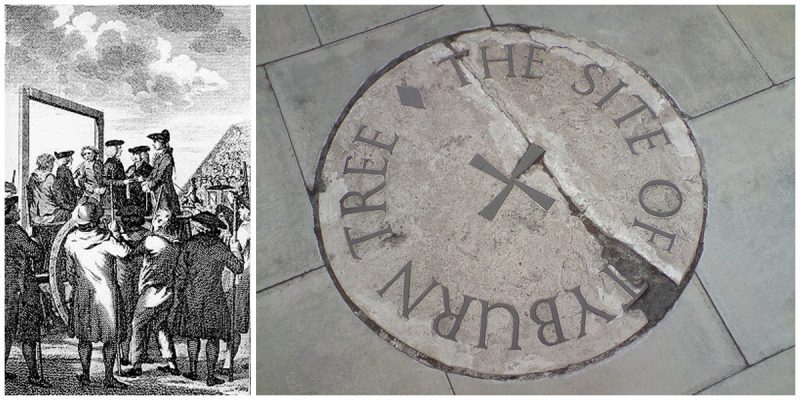For many centuries, the name Tyburn was synonymous with capital punishment, it having been the principal place for execution of London criminals and convicted traitors, including many religious martyrs. The executions at Tyburn provided London’s most popular and frightful sideshow. Hangings were witnessed by thousands of spectators who would pay to sit in open galleries erected especially for the occasion, as well as in rented upper-storey rooms of nearby houses and pubs.
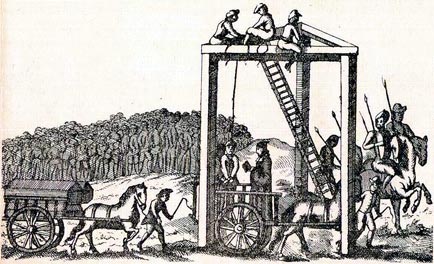
In 1571, the Tyburn Tree was erected near the modern Marble Arch. The “Tree” or “Triple Tree” was a novel form of gallows, consisting of a horizontal wooden triangle supported by three legs (an arrangement known as a “three-legged mare” or “three-legged stool”). Several felons could thus be hanged at once, and so the gallows were used for mass executions, such as on 23 June 1649 when 24 prisoners – 23 men and one woman – were hanged simultaneously, after having been transported there in a convoy of horse-drawn eight carts.
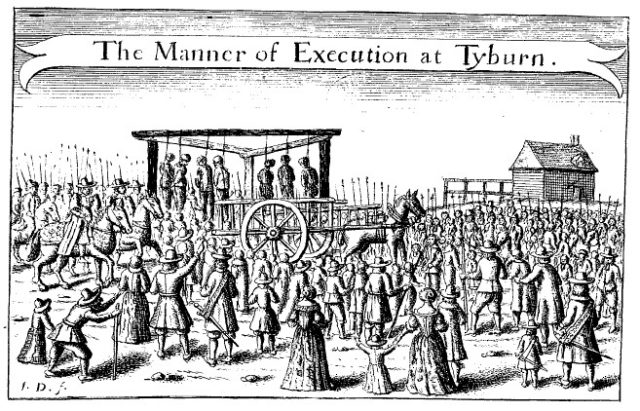
The first recorded execution took place at a site next to the stream in 1196. William Fitz Osbert, the populist leader of the poor of London, was cornered in the church of St Mary le Bow. He was dragged naked behind a horse to Tyburn, where he was hanged. Between 1196 and 1783, tens of thousands of highwaymen, robbers, forgers, murderers, traitors and other convicted men and women met their end at Tyburn.
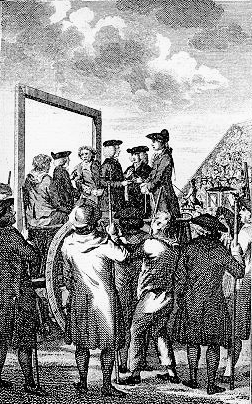
The execution was an emotional as well as visual experience. After drinking with the hangman at a tavern along the way and saying prayers with the chaplain, the condemned would arrive at the gallows with the expectation that they would give a “last dying speech”. The public clambered to buy chapbooks containing accounts of the condemned’s behavior and the wisdom of their last words. Pamphlets recording last dying speeches were more a literary genre than a form of journalism and were so popular that they continued until the 18th century.
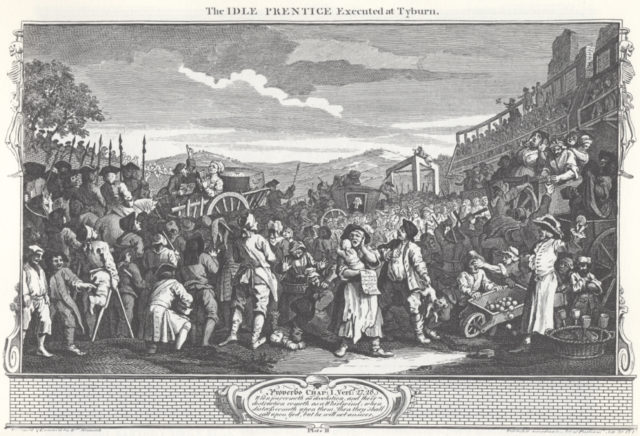
After the late 18th century, when executions were no longer a public affair, they were carried out at Newgate Prison itself and at Horsemonger Lane Gaol in Southwark.
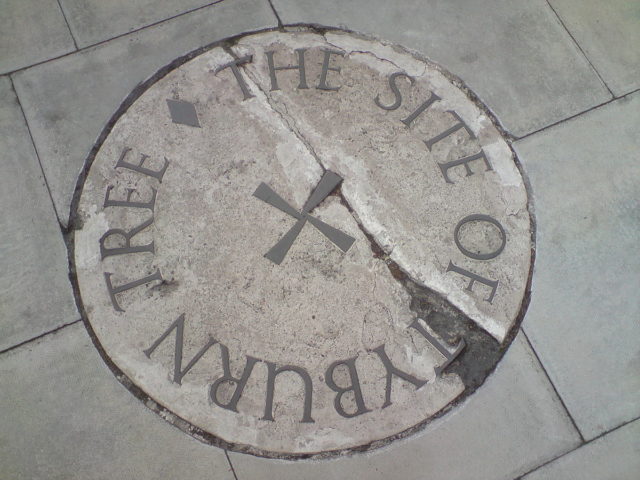
The mass hangings at Tyburn are commemorated by a stone plaque in the ground on one of the Marble Arch traffic islands.
